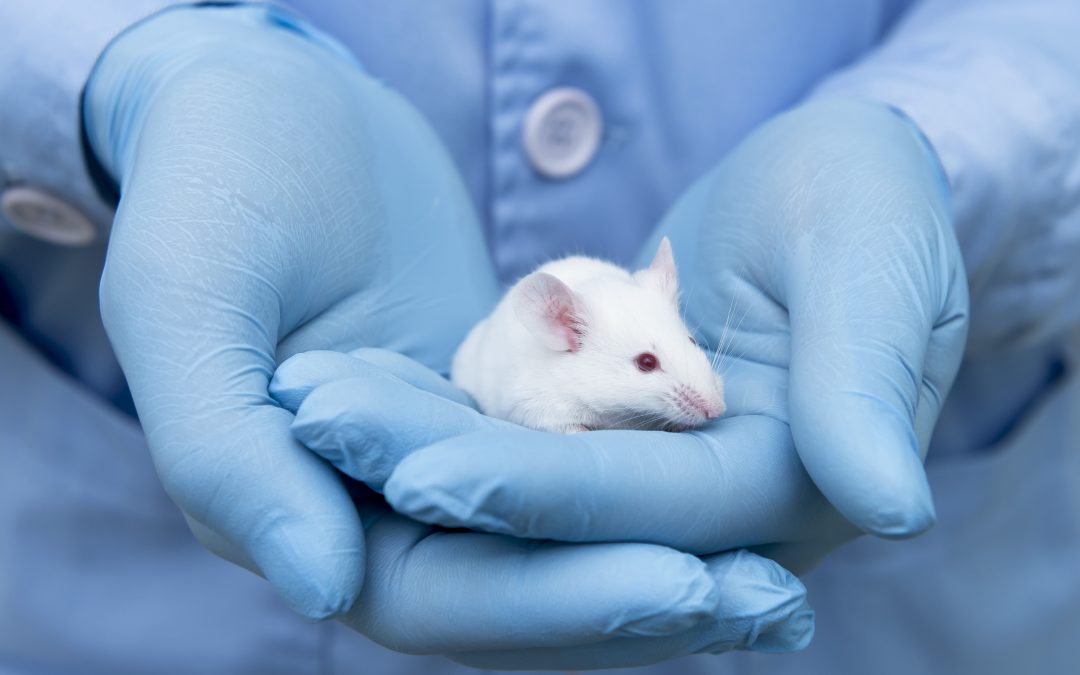Acute gastroenteritis, commonly known as “stomach flu,” causes diarrhea and vomiting, which can lead to complications from dehydration. This can be lethal in certain cases, especially for young children. Researchers have estimated that it is the cause of death for 1.5-2.5 million children less than 5 years old every year, worldwide. This is a widespread disease that affects people in both developed and developing countries. According to the CDC, about one out of every five cases of acute gastroenteritis is caused by norovirus. This makes norovirus the most common cause of acute gastroenteritis, with over 685 million cases annually. Norovirus is named for the town Norwalk, Ohio, where a large outbreak occurred in 1968. The virus causes inflammation of the stomach or intestines. Every year, norovirus is estimated to cause $60 billion in losses worldwide due to healthcare costs and lost productivity.
Little is known about how the norovirus targets the human body, including which cells it targets to trigger acute gastroenteritis. However, recent research at Washington University School of Medicine in St. Louis has discovered that, in mice, norovirus infects intestinal cells called “tuft cells,” which line the intestines. Until this point, the function of tuft cells has been a mystery, but now scientists have a focal point they can use to study norovirus infections.
The results help pull together previous norovirus research. For example, previous studies had shown that intestinal worms can make norovirus infections worse in mice. It turns out that the worm infections coincide with an increase in tuft cells, which would exacerbate the norovirus infections by providing more targets for them to infect. Scientists have also found that giving mice antibiotics decreased the activity of tuft cells in the colon, which reduced the impacts of the norovirus infection as well.
Tuft cells seem to represent a new avenue of research for diseases like inflammatory bowel disease, Crohn’s disease, and ulcerative colitis. Scientists believe that there is a genetic disposition to these diseases in humans, but they suspect that an external input is required to trigger the onset of these conditions. Norovirus is a leading candidate to be that trigger, and it is possible that looking at tuft cell interactions could help understand these chronic intestinal diseases, although the Norovirus/tuft cell interaction in humans is yet to be studied.
For similar experiments involving mice or other rodents, Powers Scientific offers rodent chambers that are adaptable to a variety of environments. Our chambers offer a temperature and lighting-controlled environment with a temperature range of 6.5-50°C, and 0-15 fresh air exchanges per hour. Each chamber comes equipped with features such as clock-controlled lighting, solid doors, an interior outlet and access port, doors locks, an audible/visual alarm with relay, stainless steel construction, and casters. Many other options are available, including additional lighting or LED lighting, dual or multi-point temperature control for temperature stressing, top-mounted or remote compressors, extra-deep sizes, or RS-232 or data retransmit outputs. Our chambers are all built to order, allowing the individual researcher to tailor the incubator to fit the required parameters of the experiment without paying for features that aren’t needed.
For more information on our rodent incubators, see our product page, visit our contact page or call us at (800) 998-0500 and request a quote.

